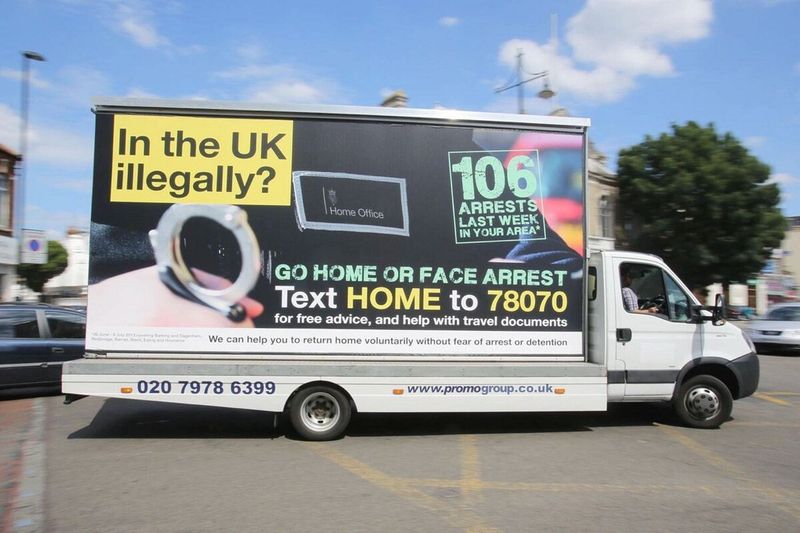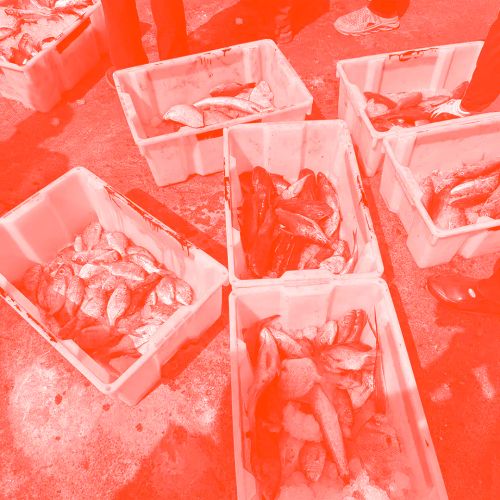Critical Lexicon

Words matter. Language is not neutral; it is a fundamental means through which the world is represented, understood, and contested. The terms we use frame, delimit, and produce meaning. In the context of migration, language plays a pivotal role in shaping public perception, policy responses, and the lived experiences of migrants themselves.1
In her 1991 essay 'Theory as Liberatory Practice', the African American Feminist, Educator, Activist and Writer, bell hooks describes how she ‘found a place of sanctuary in "theorizing"’, ‘a place where [she] could imagine possible futures, a place where life could be lived differently2’. For hooks, theory was ‘a healing place’.
It is in this spirit that we are (re-)defining a set of terms collectively as part of a critical lexicon: to provide a language that allows for rethinking the relation between environment and migration. Given the violence that continues unabated towards mobile lives, both in terms of the actions and the language used against those racialised as other3, the critical lexicon aims to highlight how mainstream language from the Global North used to describe the relationships between migration and environment is both harmful and ahistorical.
The overall aim of the lexicon is to provide a toolbox for reframing debates concerning the relation between ecologies and mobilities, moving beyond catastrophist and security-oriented perspectives. In a series of lexicon events, we have invited a group of academics, artists and activists to collaboratively move towards a more inclusive, care-full4 theory of migration and environment: not to fixate meaning, but to hopefully open up a space of dialogue across the various practices, sites, communities and languages that the project engages with.
Bell Hooks. 1991. ‘Theory as Liberatory Practice’. Yale Journal of Law and Feminism 4: 1.
Achille Mbembe. 2019. Necropolitics. Durham: Duke University Press Books.
Oliva Sheringham, Helen Taylor, and Kate Duffy-Syedi. 2024. ‘Care-Full Resistance to Slow Violence: Building Radical Hope through Creative Encounters with Refugees during the Pandemic’. Journal of Ethnic and Migration Studies 50(13): 3359–78. ↗




